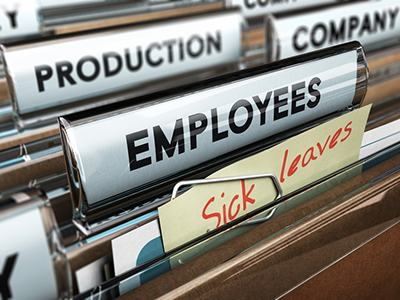The proliferation of paid sick leave (PSL) laws has been well-documented in the last few years. California’s PSL statute has received particular attention in this blog, but Connecticut, Massachusetts, and Oregon have also adopted similar state-wide legislation. And it is not just the states that are rolling out requirements for PSL; dozens of cities and counties have also adopted PSL ordinances (oftentimes in states that already have similar laws in place). Major municipal adopters include New York City, San Francisco, Washington, D.C., Seattle, Newark, and Philadelphia.
Pennsylvania Plaintiffs Launch Successful Attack on Pittsburgh’s Local Paid Sick Leave


